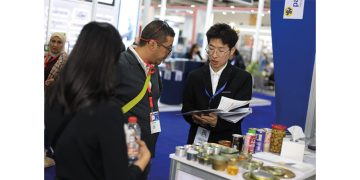Misconceptions about food safety have been subject to media attention that derails the perception of people on a critical industry, the poultry businesses. Consumers are confused about information about poultry products and production processes. Major players in poultry industry started a contra-information campaign to correct misunderstandings. They believe that, their industry is one of the mostly regulated and inspected industries among others.
Companies in the industry decided to collaborate in their efforts to produce public spots and media sets with a view to correct widespread information about organic, naturally fed and farm chickens. According to the information issued by large poultry companies they harm their businesses that have been invested millions of dollars. Mustafa Ericek, deputy general manager of Erpilic, says on the issue: “People ask us certain questions on production process.
They wonder how a chicken can be slaughtered in such a short period of time. They questions about the use of hormones or about their feeding with GMOs. How different are the organic and farm chickens from industrial ones. Our answers are that, the chicks become mature in 45 days or even in 42 days and it may be shorter than that, thanks to the efforts of developing new races through researches, and by improving the living conditions and spaces of them. No drug or hormone is used to speed up the maturing period.
Hormonal additions both harm health and are costly. The feeds used in the process are all inspected and certified by the ministry of food, agriculture and husbandry. Tests carried out in Tubitak laboratories proofed that there is no GMO addition in our produce. On the contrary, farms chickens are fed in uncontrolled conditions freely. Organic chickens carry no certification number that is necessary for inspecting production process. Farm chickens mostly are slaughtered in non-hygienic conditions and they can not be controlled by public authorities. Those consumers who buy chicken from branded companies can check the serial numbers of production and authenticity of manufacturing certificates. They even can be informed about all data about complete production process including the location, feeding type, and related reports on web sites of the producing companies.”















